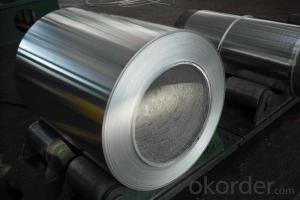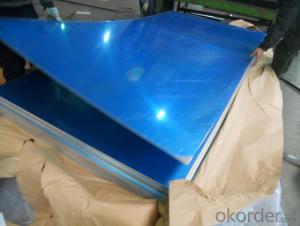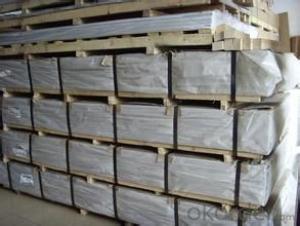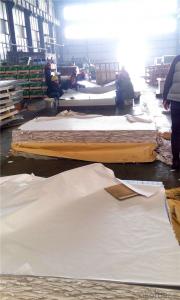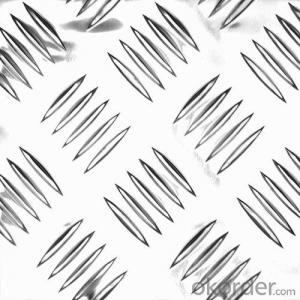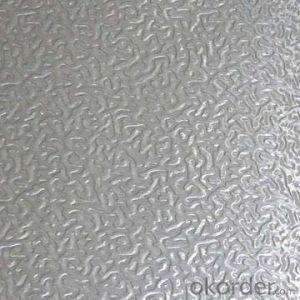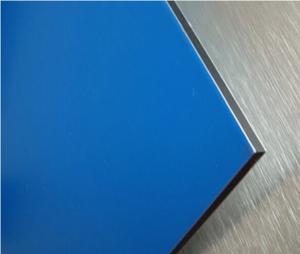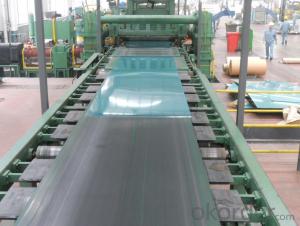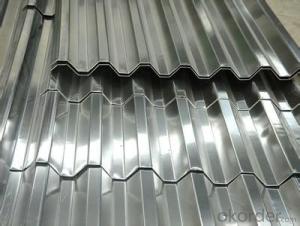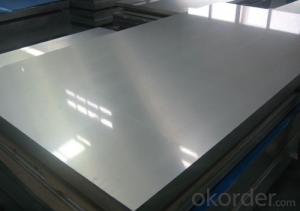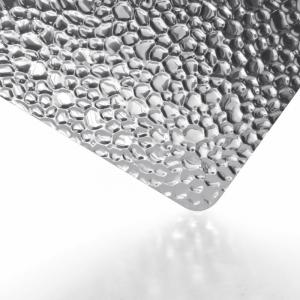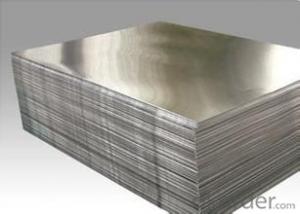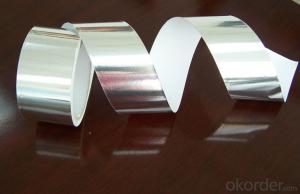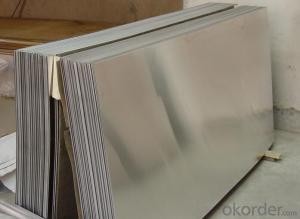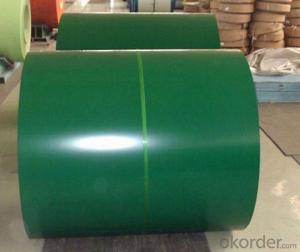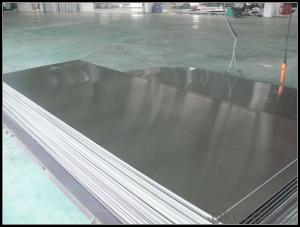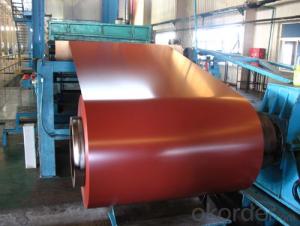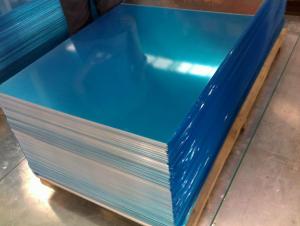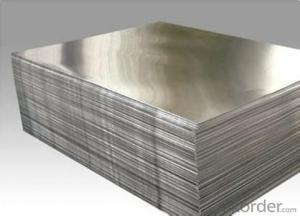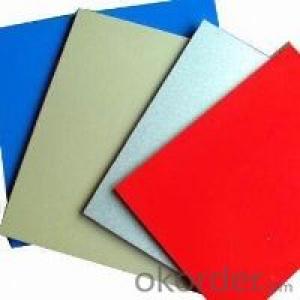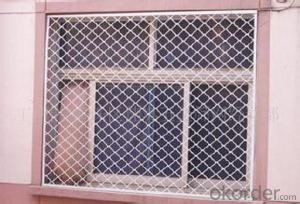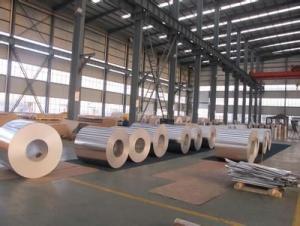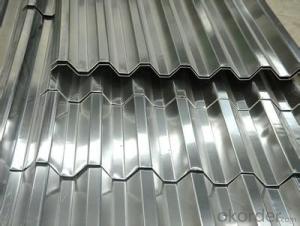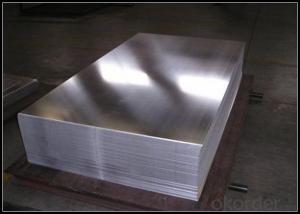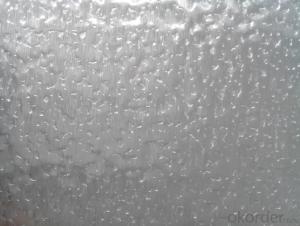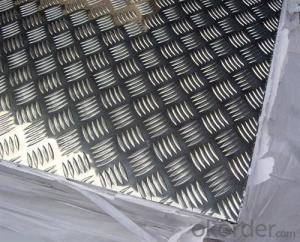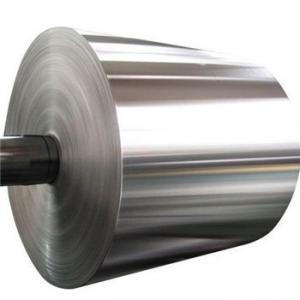18 Gauge Aluminum Sheet
18 Gauge Aluminum Sheet Related Searches
18 Gauge Galvanized Sheet Metal 14 Gauge Aluminum Sheet 20 Gauge Aluminum Sheet 18 X 18 Aluminum Plate 18 Inch Aluminum Foil 18 Inch Wide Aluminum Foil 18 Aluminum Foil 18 Wide Aluminum Foil Aluminum Foil 18 18 In Aluminum Foil Aluminum Foil 18 Inch 19 Gauge Sheet Metal 16 Gauge Stainless Steel Sheet Polished Aluminum Sheet 18 Heavy Duty Aluminum Foil 1 8 Diamond Plate Aluminum Sheet Aluminum Foil Sheet 16 Gauge Sheet Steel Aluminum Sheet Plate Heavy Duty Aluminum Foil 18 4X8 Sheet Aluminum Corrugated Aluminum Sheet 18 X 1000 Aluminum Foil Rolled Aluminum Sheet Aluminum Circle Sheet Aluminum Sheet And Plate Aluminum Foil 18 X 1000 Cutting Aluminum Sheet Aluminum Checker Plate Sheet 28 Gauge Galvanized Sheet Metal18 Gauge Aluminum Sheet Supplier & Manufacturer from China
18 Gauge Aluminum Sheet is a versatile material known for its strength and lightweight properties. It is commonly used in various industries such as construction, automotive, and aerospace due to its durability and resistance to corrosion. This product is favored for its ability to maintain its structural integrity while being easy to manipulate and shape, making it an ideal choice for a wide range of applications.The 18 Gauge Aluminum Sheet is widely used in applications where a balance between strength and weight is crucial. It is often found in the manufacturing of vehicle parts, roofing materials, and even in the production of electronic components. Its non-magnetic properties and resistance to heat make it a popular choice for various industrial applications. Additionally, its recyclability and eco-friendly nature contribute to its growing demand in sustainable industries.
Okorder.com is a leading wholesale supplier of 18 Gauge Aluminum Sheet, offering a vast inventory to cater to the needs of various industries. With a commitment to quality and customer satisfaction, Okorder.com ensures that the aluminum sheets are sourced from reputable manufacturers and are available at competitive prices. This makes it an ideal platform for businesses looking to purchase high-quality aluminum sheets in bulk for their projects and production needs.
Hot Products
